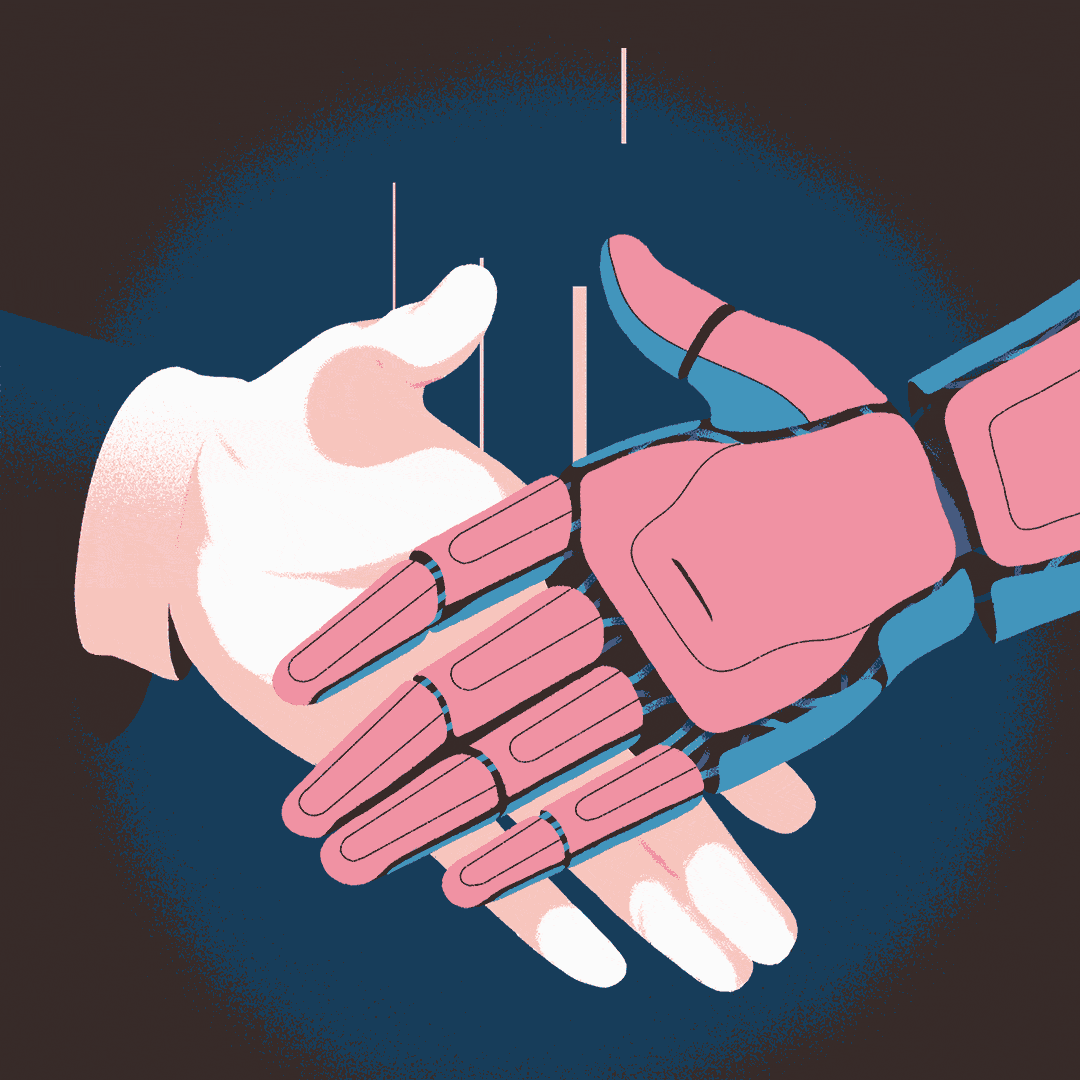Welcome to our newest edition of D&I Quarterly. It brings together a selection of our experts’ articles published during Q1 at our Insight, a platform for all the latest in law and business.


Welcome to our newest edition of D&I Quarterly. It brings together a selection of our experts’ articles published during Q1 at our Insight, a platform for all the latest in law and business.